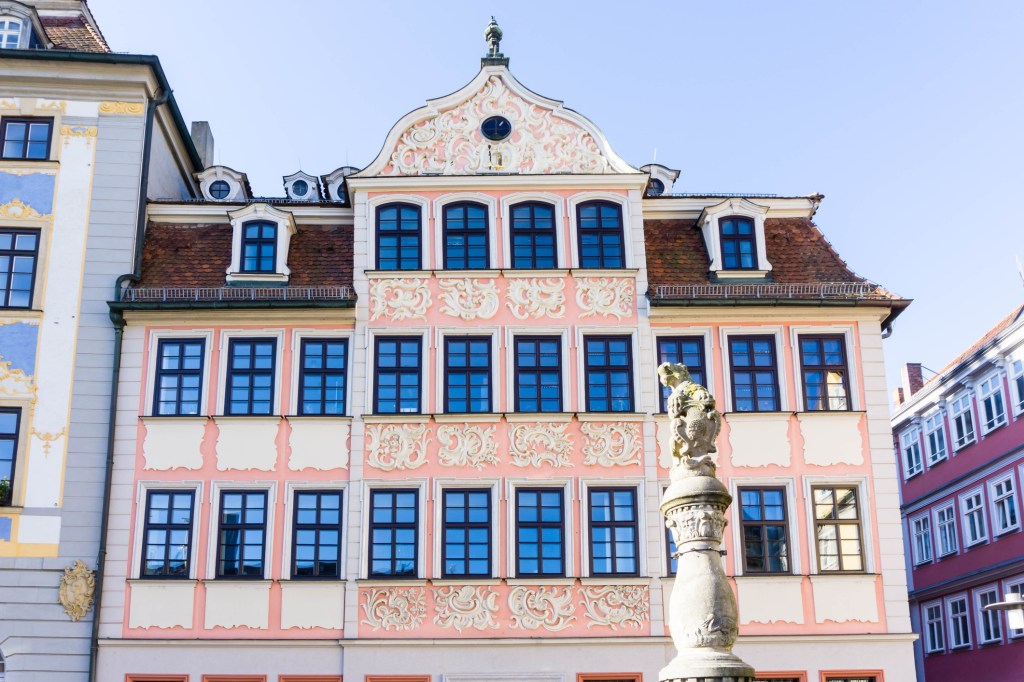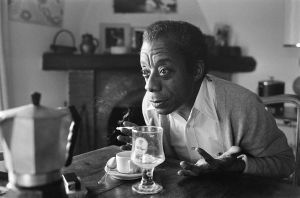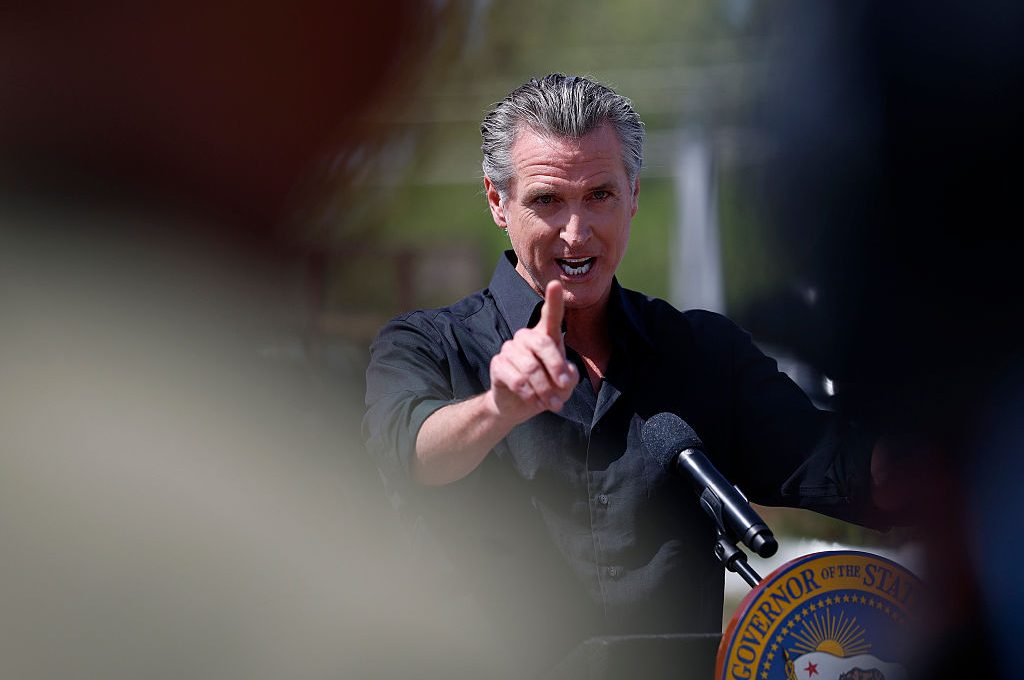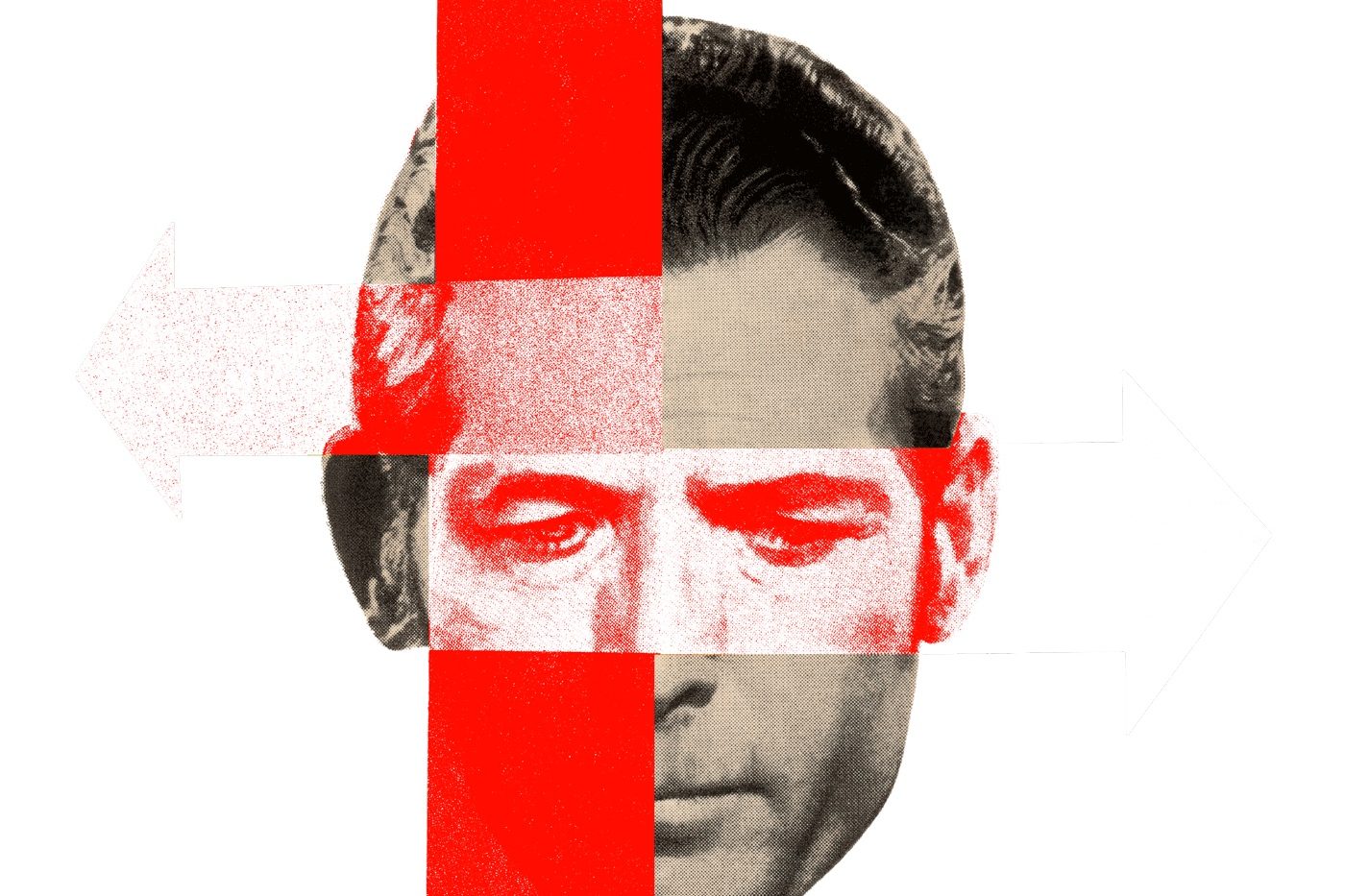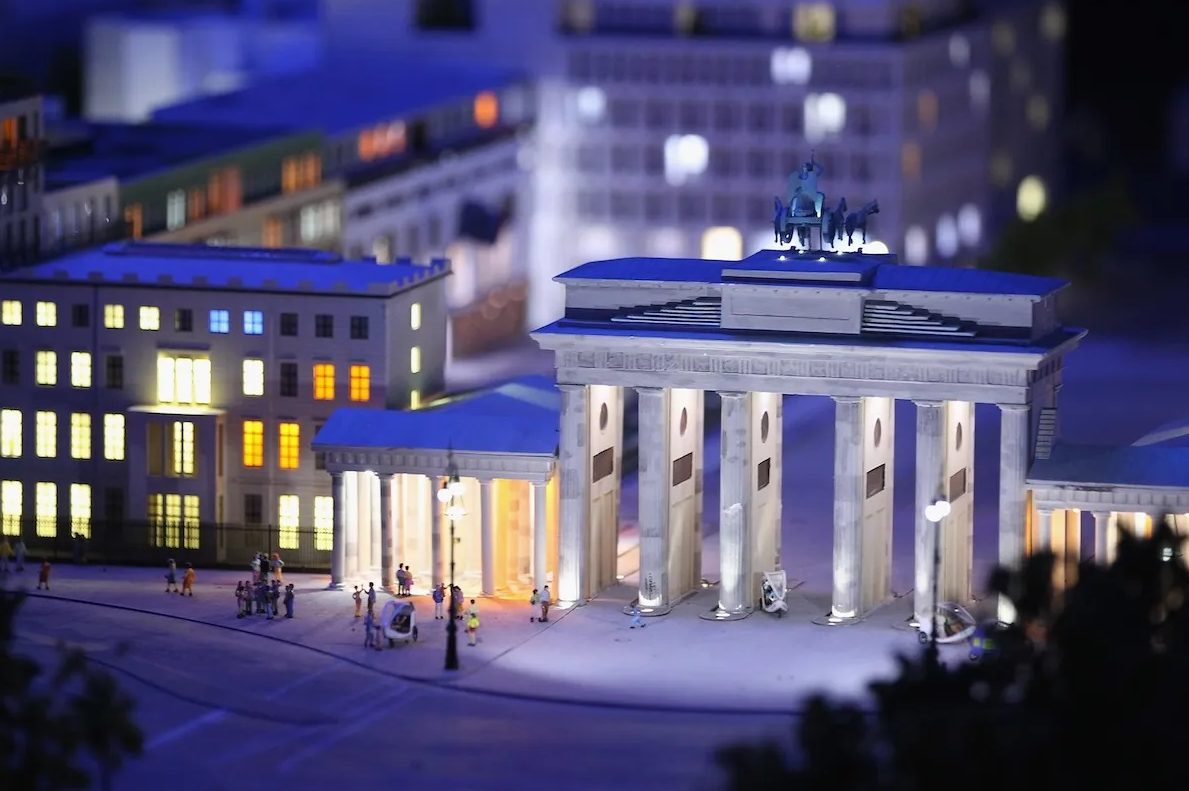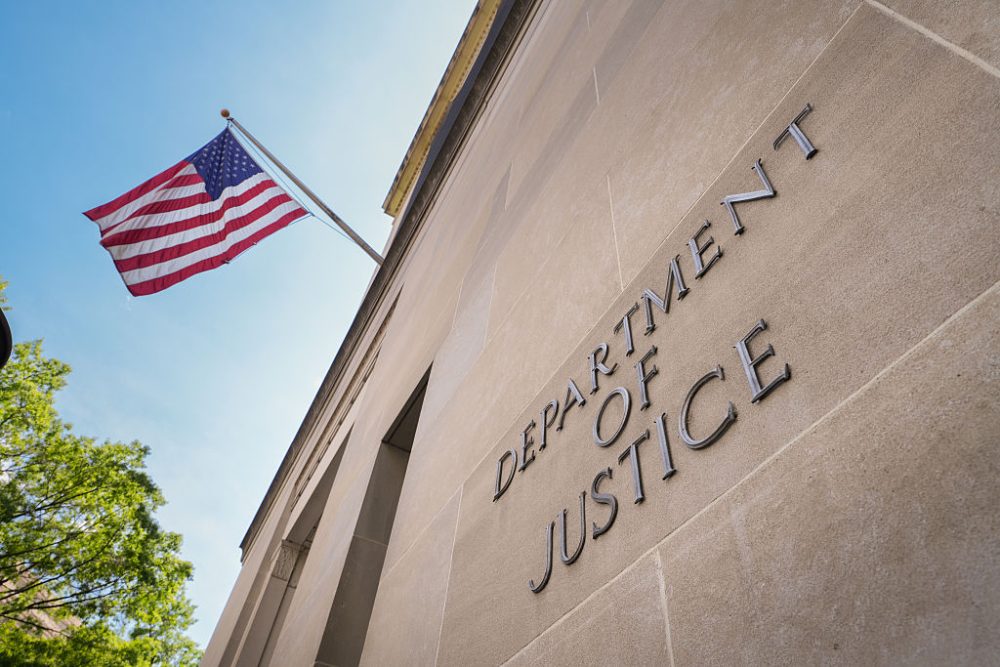At first glance, the pretty German town of Coburg seems an unlikely arena for the latest skirmish in the culture wars. The birthplace of Prince Albert (and one of Queen Victoria’s favorite holiday spots), it’s a quaint and tranquil place which miraculously came through the last century virtually unscathed. Yet now this historic backwater finds itself at the centre of controversy, on account of its patron saint, St Maurice, aka the Coburg Moor.
St Maurice is a ubiquitous presence in Coburg. His profile adorns the town’s coat of arms, and numerous public buildings. It’s even on the manhole covers. Now Alisha Archie and Juliane Reuther (who live in Berlin but come from the region) have started a petition calling for this symbol to be redesigned. ‘It’s a racist portrayal,’ Ms Archie told German news channel Deutsche Welle. ‘It suggests that all black people and all Africans look the same.’
St Maurice was an Egyptian Christian who rose through the ranks of the Roman army. Sent to fight the Gauls, he refused to worship Roman gods or lead his men into battle against fellow Christians and was martyred for his faith. A familiar figure in Central Europe, he is also the patron saint of Savoy (in France) and Valais (in Switzerland) as well as soldiers and swordsmiths. Military orders in Latvia and Estonia also venerate his name.
Of course, what St Maurice actually looked like is a matter of complete conjecture, but – for better or worse — European artists have been depicting him as a black man ever since the Middle Ages. With the emergence of the transatlantic slave trade, such depictions apparently became less common — clearly, white Europeans didn’t want reminding that the people they were enslaving were really no different from this holy, heroic man.
One place where these antique depictions survived was Coburg, a landlocked town with scant connection with the slave trade. Ironically, the last time St Maurice was removed from the town’s coat of arms was during the Third Reich, when his head was replaced with a swastika (the Nazis didn’t much care for black heroes). His reinstatement after World War Two was a symbol of the town’s liberation from racist tyranny. After all, what could be more anti-Nazi than making an African your patron saint?
Inevitably, not everyone sees it that way. Ms Archie objects to the way St Maurice is portrayed on the town crest. True, the depiction is rather crude by modern standards, even somewhat stereotypical — but surely St Maurice’s story changes everything? Here was a successful man, a Roman soldier and citizen, who dared to defy the most powerful empire the world had ever seen, at the cost of his life, in order to do the right thing.
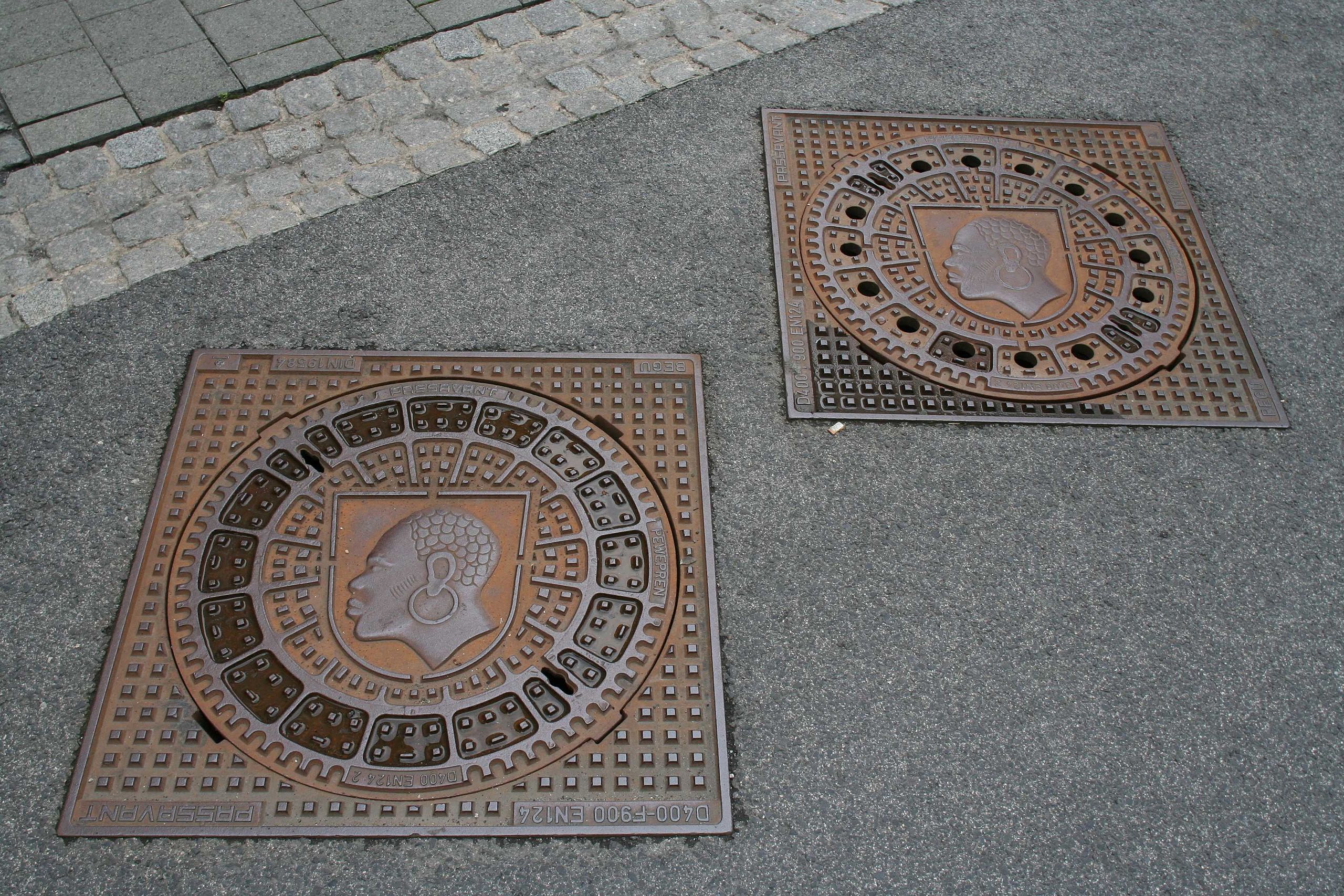
Archie and Reuther’s complaint isn’t only about iconography. They also object to the word Moor. ‘“Moor” is a clearly racist, old High German term for black people,’ reads their petition. ‘Many people today experience this term as a counterpart to the N-word.’ That may be, but Coburg isn’t the only place in Germany where the M-word has come under increasing scrutiny. In Berlin, the subway station Mohrenstrasse (‘Street of the Moors’) will now be renamed Glinkastrasse, after Mikhail Glinka, the Russian composer.
Arguments about names and symbols are nothing new in Germany, though previously they’ve mainly been about politics, not race. The Nazis renamed countless streets after leading Nazis. These streets were then renamed after leading Communists by the Communists. The name Mohrenstrasse was a recent replacement for the name Otto-Grotewohl-Strasse (Grotewohl was the first Prime Minister of the East German ‘Democratic’ Republic).
Meanwhile, back in Coburg, residents have started an alternative petition, to ‘save the patron saint on our coat of arms’, entitled ‘Coburg’s Moor is here to stay.’ On the whole, I’d agree with them. Just as there’s a world of difference between a statue of Edward Colston and a statue of Winston Churchill, so there’s clearly a world of difference between images that denigrate black people, and a symbol of a black saint. Yes, maybe the execution looks a bit clumsy nowadays, but surely it’s all about context and intent?
[special_offer]
Yet looking at this controversy from afar, as a German citizen living in Britain, my main feeling is one of sadness. As in the Black Lives Matter debate in Britain, the two sides seem too entrenched. Surely, as in most disputes, there’s a reasonable solution which would please most sensible people on both sides? Rather than submitting to a wholesale redesign, or resisting it completely, why not phase in more nuanced depictions of St Maurice bit by bit, in the same way that the Royal Mint introduces new coins, bearing newer portraits of the Queen? And rather than call him the Coburg Moor, why not call him by his name?
Meantime, those on both sides need to grow up a bit — in Britain and in Germany. Yes, of course it’s outrageous to defend a statue of one of the architects of the transatlantic slave trade, just as it’s outrageous to deface a statue of the man who led Britain to victory in World War Two. Likewise, of course it’s a good thing that Germany no longer has streets named after Nazis. But it’s also a good thing that it boasts a town which, ever since the Middle Ages, has been proud to have a black patron saint.
And if the burghers of Coburg do decide their symbol needs a reboot, there’s really no need to commission a new design. There’s already an excellent depiction of St Maurice in the Metropolitan Museum of Art in New York. It’s not brand new — in fact, it’s about 500 years old. It’s a picture by Lucas Cranach, the greatest German painter of the Renaissance. Resplendent in medieval armor, with a face that’s both brave and sensitive, he looks like a real person rather than a caricature. Coburg is one of my favorite places, and I can’t wait to revisit it. When I do, I’ll be quite happy to see the old crest on the old manhole covers, but when the town needs some new ones I reckon they could do a lot worse than turn to Cranach for their next portrait.
This article was originally published onThe Spectator’s UK website.



